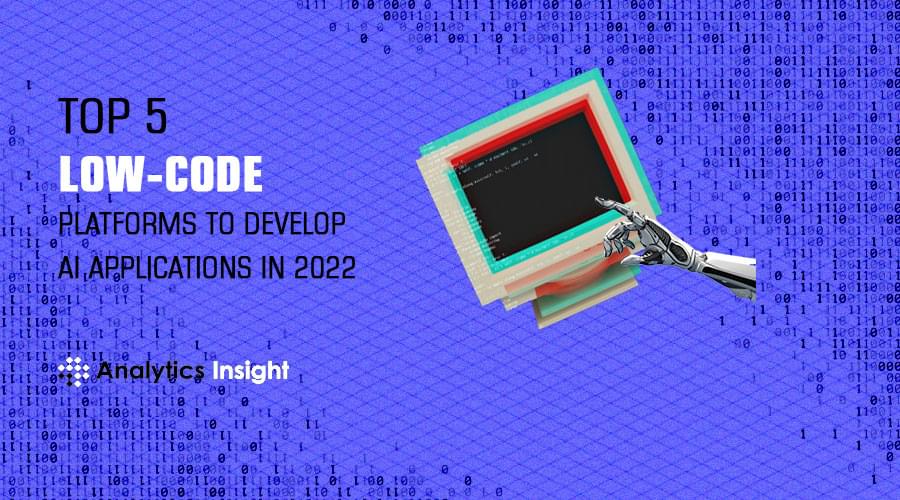The solar material was launched from a snapping solar filament.



Following scientific milestones with current fusion reactor, Norman, TAE receives investments from long-term partner Google, as well as Chevron, Sumitomo Corporation of Americas, and others to fund the construction of the company’s sixth-generation research reactor that will demonstrate the viability of net energy from TAE’s approach.
FOOTHILL RANCH, Calif. 0, July 19, 2022 /PRNewswire/ — After achieving temperatures greater than 75 million degrees Celsius and demonstrating unmatched real-time control of plasma with its state-of-the-art fusion research reactor, Norman, TAE Technologies today announced that it has secured strategic and institutional investments to fund the construction of its next research reactor, Copernicus.


Airline company Boom Supersonic has shown off brand new renders of its Overture aircraft, which it claims will become the “world’s fastest airliner.”
The company unveiled the “production design” of the sleek jet, which includes four engines, a new fuselage, and fewer passenger seats compared to previous iterations.
Needless to say, the aircraft is fast as hell, with a cruising at Mach 1.7 over water and just under Mach 1 over land, meaning it could fly from New York to London in just 3.5 hours.

This mind-bending property offers a sought-after benefit: Information stored in the phase is far more protected against errors than with alternative setups currently used in quantum computers. As a result, the information can exist without getting garbled for much longer, an important milestone for making quantum computing viable, says study lead author Philipp Dumitrescu.
The approach’s use of an “extra” time dimension “is a completely different way of thinking about phases of matter,” says Dumitrescu, who worked on the project as a research fellow at the Flatiron Institute’s Center for Computational Quantum Physics in New York City. “I’ve been working on these theory ideas for over five years, and seeing them come actually to be realized in experiments is exciting.”

Going to the doctor might make you want to cry, and according to a new study, doctors could someday put those tears to good use. In ACS Nano, researchers report a nanomembrane system that harvests and purifies tiny blobs called exosomes from tears, allowing researchers to quickly analyze them for disease biomarkers. Dubbed iTEARS, the platform could enable more efficient and less invasive molecular diagnoses for many diseases and conditions, without relying solely on symptoms.
Diagnosing diseases often hinges on assessing a patient’s symptoms, which can be unobservable at early stages, or unreliably reported. Identifying molecular clues in samples from patients, such as specific proteins or genes from vesicular structures called exosomes, could improve the accuracy of diagnoses. However, current methods for isolating exosomes from these samples require long, complicated processing steps or large sample volumes. Tears are well-suited for sample collection because the fluid can be collected quickly and non-invasively, though only tiny amounts can be harvested at a time. So, Luke Lee, Fei Liu and colleagues wondered if a nanomembrane system, which they originally developed for isolating exosomes from urine and plasma, could allow them to quickly obtain these vesicles from tears and then analyze them for disease biomarkers.
The team modified their original system to handle the low volume of tears. The new system, called “Incorporated Tear Exosomes Analysis via Rapid-isolation System” (iTEARS), separated out exosomes in just 5 minutes by filtering tear solutions over nanoporous membranes with an oscillating pressure flow to reduce clogging. Proteins from the exosomes could be tagged with fluorescent probes while they were still on the device and then transferred to other instruments for further analysis. Nucleic acids were also extracted from the exosomes and analyzed.

When communication lines are open, individual agents such as robots or drones can work together to collaborate and complete a task. But what if they aren’t equipped with the right hardware or the signals are blocked, making communication impossible? University of Illinois Urbana-Champaign researchers started with this more difficult challenge. They developed a method to train multiple agents to work together using multi-agent reinforcement learning, a type of artificial intelligence.
“It’s easier when agents can talk to each other,” said Huy Tran, an aerospace engineer at Illinois. “But we wanted to do this in a way that’s decentralized, meaning that they don’t talk to each other. We also focused on situations where it’s not obvious what the different roles or jobs for the agents should be.”
Tran said this scenario is much more complex and a harder problem because it’s not clear what one agent should do versus another agent.

With the growing technological advancements, it is now possible to create complex applications without spending huge amounts of money, waiting for months and years, and employing multiple developers. The introduction of low-code and no-code platforms has made it possible to build applications integrated with advanced technologies. Here, we have listed some of the most prominent low-code platforms that developers can use to create AI applications in 2022.
Microsoft PowerApps: Microsoft PowerApps is a low-code platform that allows users to create business applications without writing code. The platform uses a drag-and-drop interface to build applications from a set of pre-built components that enables citizen developers to create business applications without writing code.
Salesforce Platform: Salesforce Platform is the first low-code platform that delivers the power and flexibility of an enterprise-grade custom app with the speed, agility, and simplicity of a SaaS app. It provides a visual drag-and-drop interface for creating applications and it offers a variety of ready-to-use templates.

From its very inception quantum mechanics troubled physicists. It seemed to challenge our conception of reality and lead to apparent contradictions. One of the founders of quantum mechanics, Ernst Heisenberg, questioned whether the theory offered a description of reality at all. Others, like Niels Bohr, claimed that somehow human consciousness played a role in the theory. In this interview, Carlo Rovelli explains Heisenberg’s anti-realist motivations, clarifies the role of the “observer” in quantum mechanics, and articulates his relational interpretation of the theory, according to which reality is a network of interactions.
Carlo Rovelli will debate Sabine Hossenfelder and Eric Weinsten in the FREE IAI Live event, ‘Quantum Physics and the End of Reality’ on July 25th. Learn more here.
The founders of quantum mechanics were very uncomfortable with its results – famously Einstein thought it an incomplete theory and quipped “God doesn’t play dice”, and Schrödinger abandoned physics altogether for biology. What was so radically different about quantum mechanics than classical physics that caused such discomfort to its own creators?